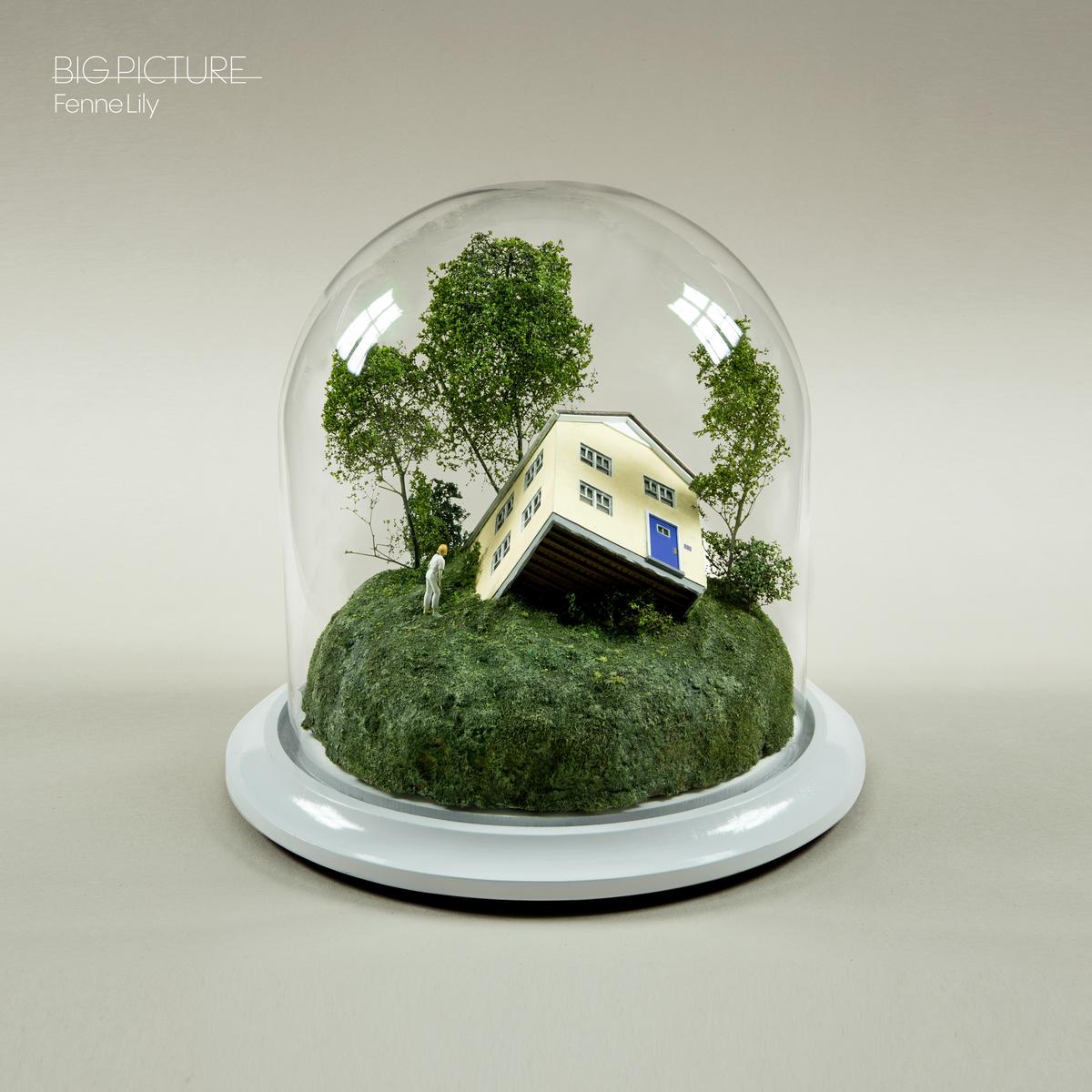Description
BIO :
Icelandic experimental singer-songwriter Jófríður Ákadóttir aka JFDR’s latest album Museum is a timeless monument to captured moments. Its nine tracks sculpt fleeting instants of experience into emotional objects, her voice a glowing aura in a mist of glittering gossamer synths and delicate instrumentation.
« I’m always thinking about how you might capture the essence of a moment; a thought process; a feeling and a mood, » she says, describing her songs as sculptures; like thoughts and experiences captured in song and laid down on record, a concept reflected in the album’s artwork, where she is photographed in austere black and white, statuesque in a garment designed by Sól Hansdóttir.
Museum was made in an intense and nurturing period she found at the other side of an existential crisis about her own work in the aftermath of the release of her previous album, the acclaimed New Dreams. It was a landmark album in her already decades-long career, and once it was finished JFDR began to experience a dissolving of inspiration. However, she began to emerge from her creative stasis in late 2021, inspired by the discovery of ideas lost to time and demos of songs never finished while purging her computer of old files. « I found a moment where something was happening, » she says. « I knew I had to write without over thinking anything, and work on it intensely. » Almost instantly, she started writing and finishing songs and didn’t stop. Just a short time later, JFDR had a reflective, hopeful, and immersive nine track album that had been conceived and composed with a whole new spate of energy. It is, she says, « an album about clearing and healing. Like breathing fresh strong air through your old self. »
This renewal of purpose, in a world emerging from the pandemic, lends Museum a weightlessness and sense of movement, a lifting up, a reflection on what has passed, and an escape. The nine tracks move between opener (and first single) ‘The Orchid’s beautifully unfurling melodies and through the subtle percussions on ‘Life Man’, which propel the song upwards to soar like spring breezes. Tracks like ‘Air Unfolding’ gather hope in whorls of piano and synths, alongside instrumental breathers such as ‘Flower Bridge’ whose sympathetic textures shivers with the metallic sound of Icelandic Langspil – a traditional Icelandic string instrument. In the dream-like ‘Valentine’ JFDR sings as if conjuring a spirit, as her vocals curl like wisps of smoke around the heavy and resonant silhouettes of electric guitar and bass. There is redemption to be found by the end of the album, with the healing, lightness and hope offered by closing track ‘Underneath The Sun’, where singer and a guitar usher us gloriously toward the light at the end of the tunnel.
There is also a second story of Museum’s creation: a story of contributions from friends, family, and a musical community that aided the album’s easy delivery through trust and support, from her twin sister’s piano playing, which features on multiple tracks and was recorded at her house, to the club she formed with musician friends during the writing of the album to share music with. « It was a little nurturing bubble, but it was huge for me, » she says. The club has a presence on the album: Gyda Valtýsdóttir plays cello on the record, and Úlfur Hansson trusted JFDR with his Langspil – he had hand-built himself aged nine. « It has such an eerie metallic sound, » she explains, « we used it a lot because it’s so strange, it sounds like nothing else and its frequencies can move above everything else. »
Museum is JFDR’s first album for Houndstooth, following atmospheric singles ‘The Orchid’ and ‘Spectator’, but at 28, she has already been making music for half her life, and over the years has built a strong fanbase that boasts Björk among its numbers. JFDR began her career age 14, when she and her sister formed a band in their hometown of Reykjavik and began releasing their music under the name of Pascal Pinon. They released three albums, the first of which they self-released, but was later picked up by Morr Music. « I was impatient back then, but I had a very nurturing environment, » she explains. « I had access to places and spaces and role models. »
From there JFDR played in other bands, from including as a member of the award-winning trio Samaris, and from 2014, Gangly. She now has 12 albums under her belt and has also collaborated with renowned artists Ólafur Arnalds and Damien Rice, Houndstooth’s Penelope Trappes, among many others. She has also contributed multiple scores for film including for Dakota Fanning’s short film Hello Apartment, Silja Hauksdóttir’s Agnes Joy, and the award-winning Icelandic film Backyard Village.
Her first record as JFDR was 2017’s Brazil, followed by 2020’s New Dreams, which was released just before the pandemic and was described as “very haunting, electro-pop music, that’s very subtle, very inward looking” (NPR Music) and “the kind of album that might give you space to reach your own small revelations” (Stereogum).
After the existential questions she’s overcome, JFDR’s Museum represents an essential step in her ever-growing catalogue and a new beginning for an artist who’s already had multiple careers as a musician, but who still feels she’s just getting started: « This album is a step to somewhere, » she says reflectively, « I feel I’m right in the middle of a new body of work.








